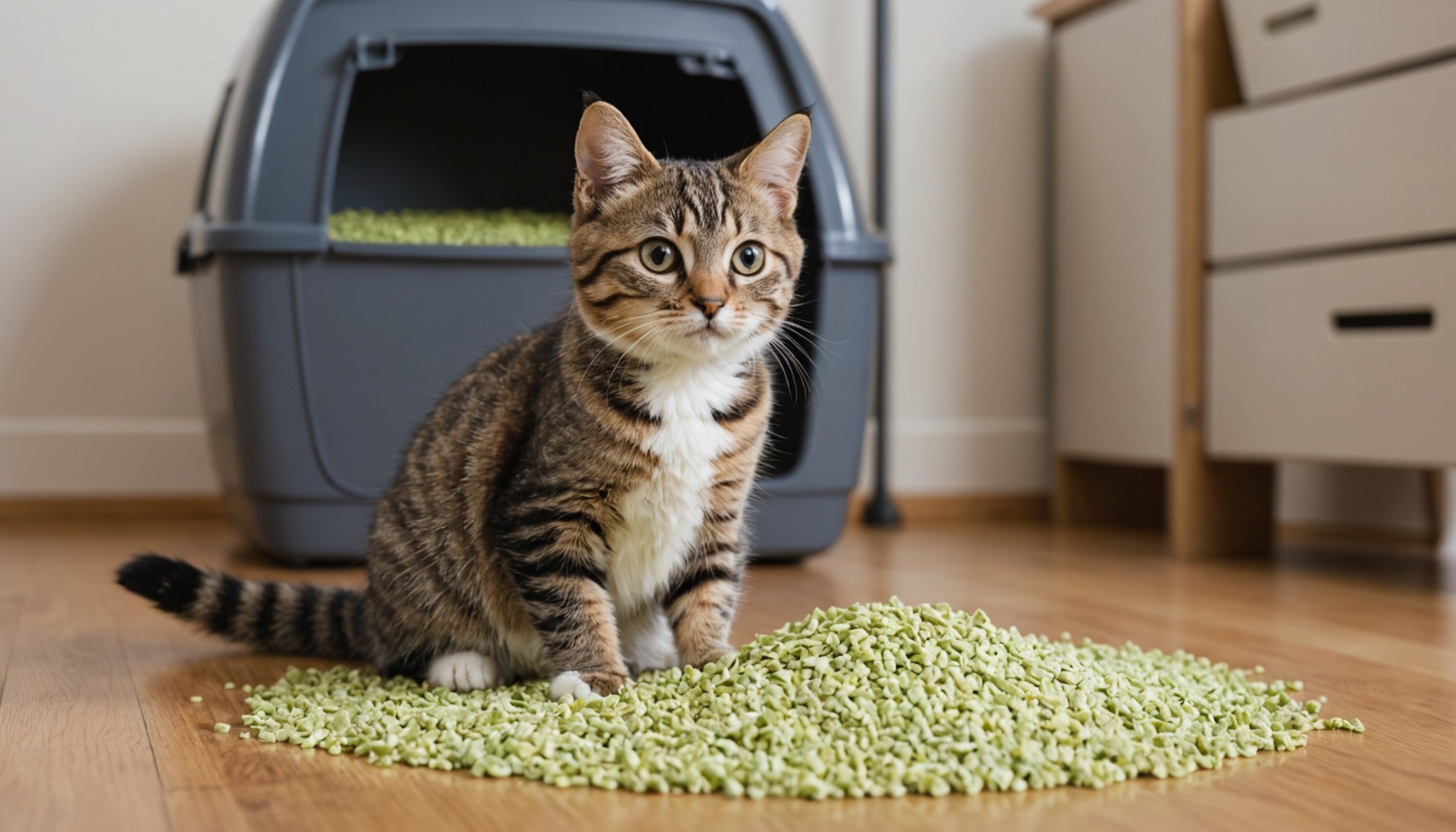Choosing the right cat litter is an essential part of ensuring your feline friend’s comfort and satisfaction. With a myriad of options available today, from clumping clay to biodegradable variants, the decision can seem daunting. Cat owners often grapple with questions: Which type is best for my cat’s health? Will my cat prefer a particular texture or scent? This article aims to navigate through these choices, helping you find the ideal litter that matches your cat’s preferences and your household’s needs.
Understanding Your Cat’s Preferences
Cats are creatures of habit, and their preferences can greatly influence their litter box behavior. Observing your cat’s likes and dislikes can provide valuable insights. Factors such as texture, scent, and absorbency play crucial roles in their comfort.
This might interest you : Essential tips for easing your cat”s transition to a new climate after relocation
Texture Matters
Cats have sensitive paws, so texture plays a significant role in their preferences. Soft, sand-like textures are generally preferred because they are easy to dig and cover waste. Some cats are more finicky and might show a preference for larger granules or pellets. Experiment with small amounts of different textures to see which one your cat naturally gravitates towards.
A Nose for Scents
Scented litters are designed to control odor, but not all cats appreciate artificial fragrances. Many cats prefer unscented litters, as strong scents can be off-putting and interfere with their sensitive noses. If you do opt for a scented variety, monitor your cat’s behavior closely to ensure it doesn’t deter them from using the box.
Also read : How can I maintain my cat’s coat health during seasonal shedding periods?
Absorbency and Clumping
A litter’s absorbency is crucial for maintaining a clean environment. Clumping litters offer the advantage of easy removal of waste, promoting a more hygienic litter box. However, some cats might prefer non-clumping options. Assess your cat’s behavior and comfort level with each type to make an informed decision.
Exploring Different Types of Cat Litter
The market is teeming with various types of cat litter, each with unique properties and benefits. Understanding these options helps in making a well-informed choice that aligns with your cat’s preferences and your household’s needs.
Clumping Clay Litter
Clumping clay litter is popular among many pet owners due to its convenience. It forms solid clumps when wet, making it easier to scoop and maintain cleanliness. While its efficiency is notable, clay litter can be dusty and heavy, which might not be ideal for all cats or owners.
Silica Gel Litter
Silica gel litter is known for its superior odor control and longevity. The crystals absorb moisture efficiently, minimizing odor and reducing the frequency of changes. For some cats, the texture of silica crystals might feel unfamiliar; thus, gradual introduction is advisable.
Biodegradable Litter Options
Eco-friendly choices like corn, wheat, and pine litters are gaining popularity. These biodegradable options are kinder to the environment, breaking down naturally over time. While they often appeal to environmentally conscious owners, some cats might require time to adjust to the distinct textures and scents.
Feline-Specific Considerations
Consider any specific needs your cat might have, such as allergies or sensitivities. Hypoallergenic or dust-free options can be beneficial for cats with respiratory issues. Observe your cat’s behavior closely when introducing new litter to ensure it’s a good fit.
Practical Tips for Selecting the Right Litter
Once you’ve narrowed down the type of litter, practical considerations play a role in the final choice. Price, availability, and your ability to manage the litter box affect your decision.
Budget and Availability
Price is often a major influencing factor. Determine a budget that balances your cat’s needs with financial constraints. Some specialty litters can be more expensive, so assess whether their unique benefits justify the cost. Additionally, ensure your chosen litter is easily available in your area to avoid frequent changes.
Ease of Cleaning
Consider the ease with which the litter can be cleaned and maintained. Clumping litters generally require daily scooping, while silica gel or other alternatives might need less frequent changes. Choose a litter type that aligns with your schedule and cleaning capabilities.
Trial and Error
It’s not uncommon for cats to have strong preferences. If you’re unsure which litter your cat will prefer, conduct a small-scale test with multiple types of litter in separate boxes. Observe their behavior and choose the option they use most consistently. This trial-and-error approach can help ensure both you and your cat are satisfied with the final choice.
Maintaining a Clean and Comfortable Litter Box Environment
A clean litter box environment significantly contributes to your cat’s comfort and health. Beyond just choosing the right litter, maintaining the litter box is paramount to preventing litter aversion and ensuring a pleasant experience for your pet.
Regular Cleaning
Regularly cleaning the litter box not only keeps odors at bay but also ensures your cat feels comfortable using it. Scoop out waste daily, and thoroughly clean the box every week. A clean box encourages your cat to use it consistently, reducing the risk of accidents around the house.
Placement of the Litter Box
The placement of the litter box can influence your cat’s willingness to use it. Choose a quiet, accessible location away from their feeding area. This not only respects their natural instincts but also minimizes disturbances that might discourage use.
Monitoring and Adjusting
Periodically monitor your cat’s behavior around the litter box. If you notice hesitancy or accidents, it might indicate dissatisfaction with the current setup. Be open to making adjustments in litter type or box placement as needed to maintain harmony.
Encouraging Good Habits
Fostering good litter box habits starts with a well-maintained environment. Encourage your cat’s proper use by providing a clean, accessible, and pleasant space. This ensures their comfort and your peace of mind, creating a harmonious living environment for both.
Navigating the plethora of cat litter options can seem overwhelming, but understanding your cat’s unique preferences can simplify the process. By considering factors like texture, scent, and absorbency, and balancing these with practical considerations, you can choose a litter that meets both your cat’s and your household’s needs. Regular maintenance and attentiveness to your pet’s behavior can ensure a clean and comfortable environment, fostering a happy and healthy relationship with your feline companion. With informed decisions and ongoing adjustments, the choice of cat litter becomes an integral part of a harmonious pet ownership experience.











